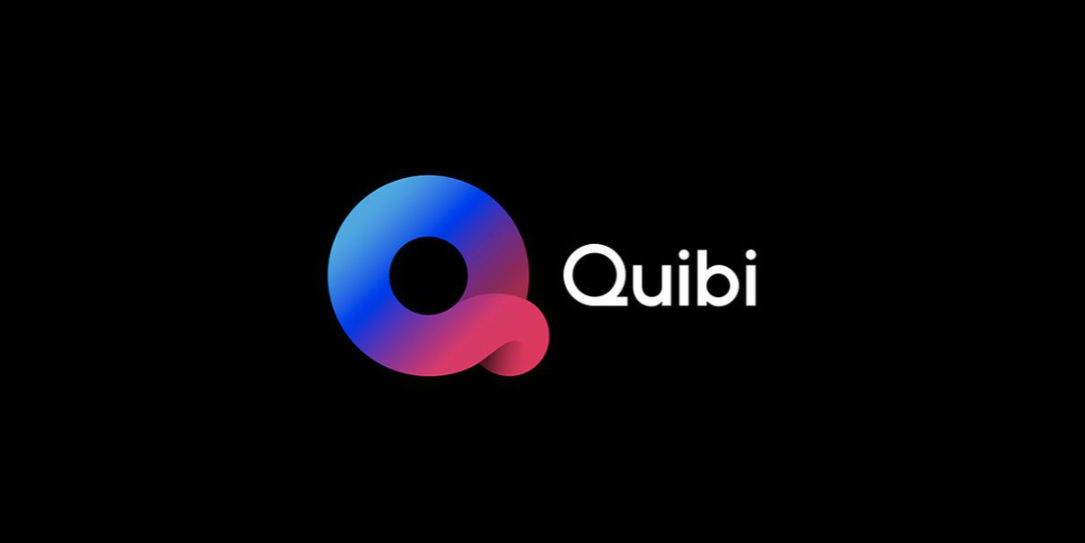*This is a guest post written by Jon Niermann, CEO and Co-Founder of Loop Media. Thoughts and opinions are those of the author and do not reflect on Techaeris or its staff.
There’s a new kid in streaming town that no one can seem to stop talking about, and its name is (you guessed it) Quibi.
Jeffrey Katzenberg and Meg Whitman’s recent brainchild is the latest offering from the traditional mainstream media industry’s Hundred Million Dollar Investment Beat. Its mission is to create new original, well-produced content similar to what is found on platforms like Netflix but deliver it with the short-form digestible format we’re familiar with from TikTok and YouTube.
With its launch, Quibi is experiencing its fair share of controversy. Some in the media and tech worlds think it has potential, others find the platform’s mobile-only viewing frustrating. One point we can all agree on—for better or worse—is that Quibi isn’t exactly made for the in-home consumer—an unfortunate strike against those hoping to regard its launch as “well-timed.”
There are certainly pros and cons to Quibi. There’s little doubt that the original content produced will be some of the of the highest production quality original short form stuff out there, featuring lots of the household names we know and love from the small and big screen.
However, having professionally been in the entertainment/media industries for quite a few decades now, here’s my take on a few key areas where the company may be missing the mark.
The “Quibi” Model Isn’t Really All That New
Quibi seems to be building a business based on speculation that big-name players will hit home run after home run. Given Quibi leadership’s background as entertainment executives, the platform is using the traditional film production model, where you spend a ton of money and take a bunch of whacks at the ball to finally get to that one out of 20 hits that just might be a home run.
Consumable content isn’t always about shelling out a ton of money on great productions—if that were the case then we’d never have heard of YouTube and Justin Bieber would still be in Canada. Success here has always been more about being thoughtful, creating content that’s been proven to engage viewers, and curating it regularly in ways that are meaningful and add new value to people’s lives.

People Tend to Put Money Where their Mouth is (Especially in Hard Times)
As much as there are pricey streaming platforms out there, there are just as many free ones.
In a world where the primary streaming audience—millennial and gen z—will hop on YouTube to stream Hot Ones or watch a constant stream of TikToks, it’s somewhat hard to imagine that Quibi’s target audience will pay $4.99 a month for well-produced content they can just get somewhere else.
Not to mention, people across other generational demographics are not as inclined to spend money given the recent pandemic, with many suffering job losses and fearing recession.
Despite a free trial, we might find consumers quickly ditching the platform once those few months are up…
The Upside to Quibi
Quibi offers consumers high-quality content for a fairly low-price tag. It’s possible some audiences will fall in love enough with the original content to make the venture profitable in the long term. Katzenberg and Whitman combined are a media-tech super mogul who have succeeded before, why not now?
It’s definitely a toss-up, especially with a mobile-first, on-the-go platform in an age that’s seeing a resurgence of in-home entertainment, but at the end of the day we just have to wait and see where Quibi ends up.
Ok Then—What Do Consumers Actually Want?
It’s easy to say that Quibi is something consumers might not want in terms of content, but then what is it that consumers do want?
For one, consumers want stuff that’s free, which is surprisingly possible albeit hard to find in streaming these days.
Second, audiences tend to prefer the brands they associate with; and although we’re always looking for something new, that isn’t always big productions and original content. Sometimes it’s just listening to what people talk about. For example, how long have consumers been complaining about not having a music video channel since MTV and VH1 stopped in the 90’s? Or maybe when this pandemic is over, take a look at how many people actually watch what’s playing on TV at a bar, if it’s not the big game.
Quibi is a big bet for streaming right now, and it’s going to be interesting what does, and doesn’t, come out of this launch. One thing is for sure—we’ll all learn a few more pointed facts about the audience we all wish to better serve.
And at the end of the day, that’s really all we content purveyors should be striving to do.
Jon Niermann is the CEO and Co-Founder of Loop Media, an innovative streaming media company focused on premium short-form video for businesses and consumers.
Last Updated on February 3, 2021.










